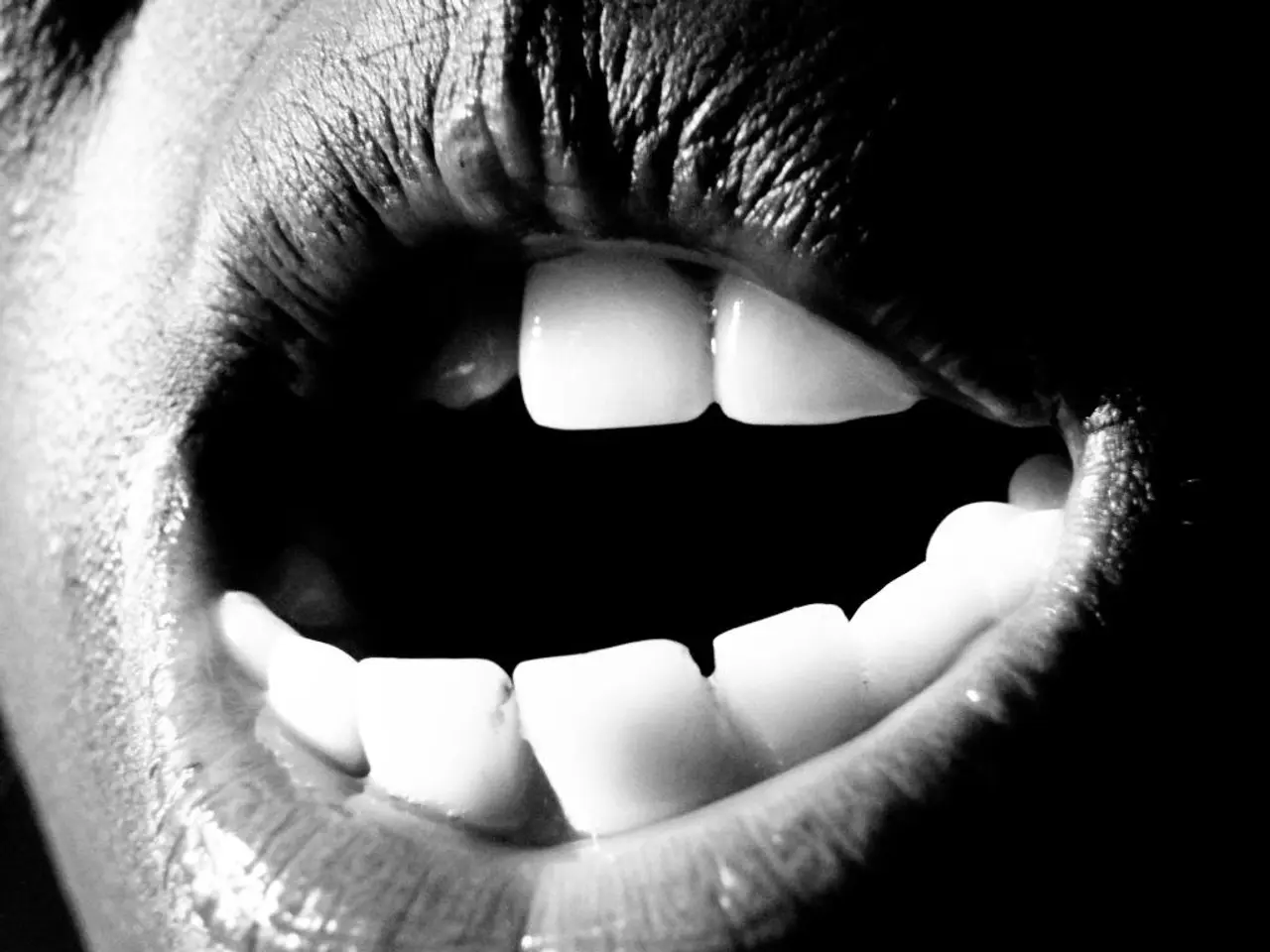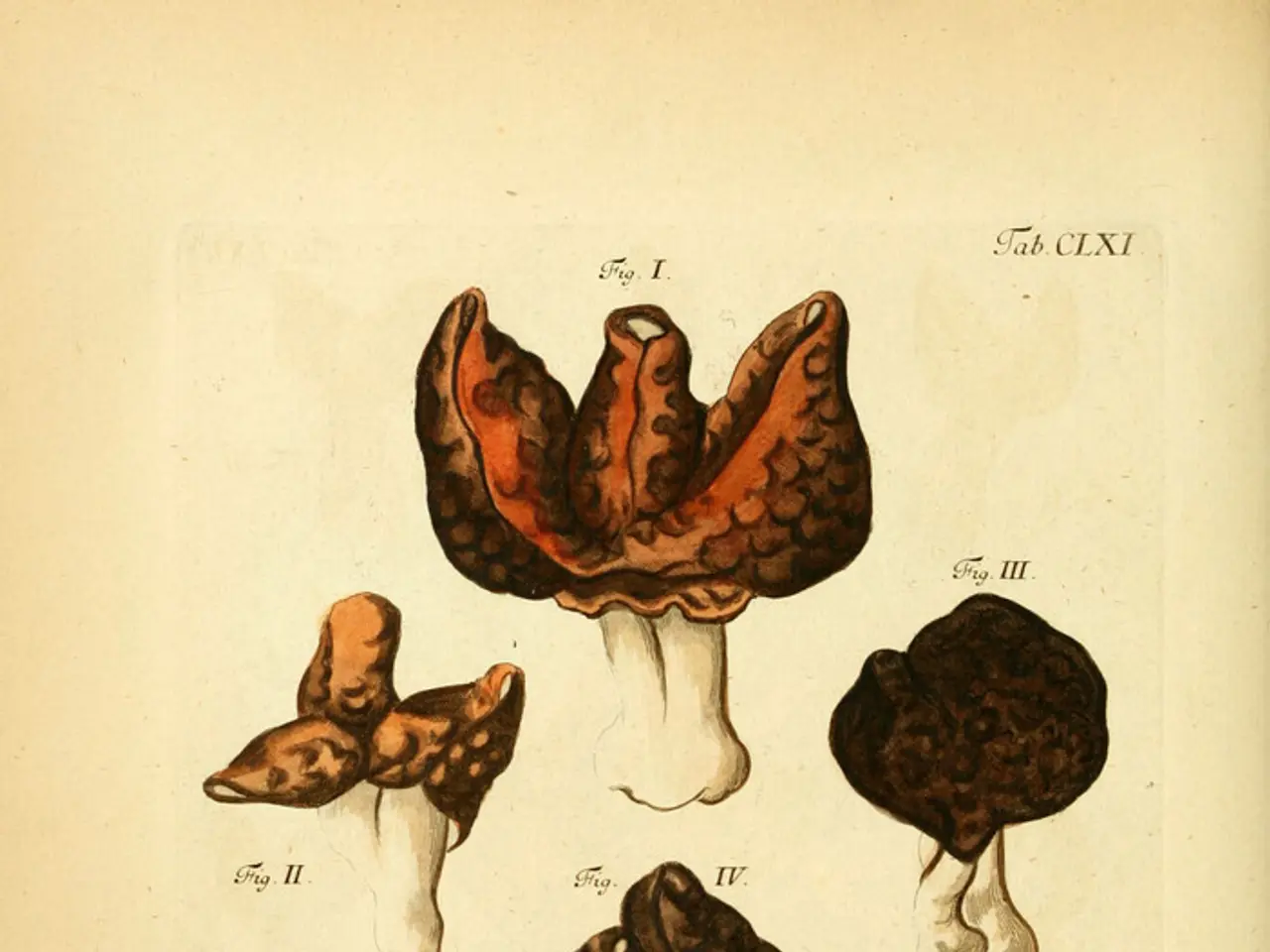Infant Ear Pulling During Teething: Decoding the Connection and Causes Behind This Behavior
Babies usually start teething between 4 to 7 months of age, with the lower central incisors being the first to appear. By around 2 to 3 years old, most children have their full set of 20 primary teeth[1][3][5]. Common symptoms associated with teething include discomfort or pain around the gums, increased drooling, irritability, swollen or tender gums, and disrupted sleep patterns[1][2].
While teething does not affect a baby's hearing, an ear infection can significantly impact a baby's hearing if left untreated. Ear infections are caused by bacterial or viral infections that lead to inflammation and fluid buildup in the ear[2]. Key signs of an ear infection include persistent and worsening ear pain, ear pulling or rubbing, hearing difficulties, fever above 38°C, fluid or pus-like drainage from the ear, cold symptoms, loss of balance or coordination, difficulty sleeping, and fussiness[2].
It's important to note that teething and ear infections can sometimes be mistaken for each other. Babies may tug at their ears while teething due to shared nerve pathways between the gums, teeth, and ears. The trigeminal nerve (cranial nerve V) plays a crucial role in the sensation of teething pain and its radiation to the ears[2].
Symptoms of teething can include sore and red gums, mild fever, flushed cheek, rash on face, ear rubbing, excessive drooling, increased chewing, fussiness, sleep disturbances, and increased clinginess[1][2]. Excessive drooling during teething can create an environment where bacteria may thrive, potentially leading to an ear infection[2].
If symptoms like fever or pain persist longer or worsen, it is advisable to consult a pediatrician. Teething discomfort typically lasts 1 to 7 days per tooth and may cause symptoms intermittently over several months as teeth emerge in stages[1][2]. Medications like paracetamol or ibuprofen should only be used under pediatric guidance when a baby is extremely fussy or in significant discomfort[2].
It's crucial to remember that always consulting a doctor if symptoms worsen or if infection is suspected is essential for the baby's health. In the case of an ear infection, prompt treatment can help prevent hearing problems and other complications[2].
References: [1] Mayo Clinic. (2021). Teething: First year. Retrieved from https://www.mayoclinic.org/healthy-lifestyle/infant-and-toddler-health/in-depth/teething/art-20048375 [2] NHS. (2021). Teething. Retrieved from https://www.nhs.uk/conditions/teething/ [3] American Academy of Pediatric Dentistry. (2021). Teething and oral hygiene. Retrieved from https://www.aapd.org/resources/oral-health-topics/teething-and-oral-hygiene/ [4] WebMD. (2021). Teething in babies: Symptoms and treatment. Retrieved from https://www.webmd.com/parenting/baby/teething-symptoms-treatment [5] Healthline. (2021). Teething: When do babies get their first teeth? Retrieved from https://www.healthline.com/health/when-do-babies-get-their-first-teeth
- To minimize the risk of ear infections during teething, parents should ensure their child's excessive drooling is properly addressed to prevent bacterial buildup.
- Health-and-wellness resources suggest that medications like paracetamol or ibuprofen can be used to manage teething pain in babies, but only under pediatric guidance.
- Ear infections can cause significant hearing problems for babies if left untreated, making prompt recognition and treatment crucial for maintaining overall health and wellness.




